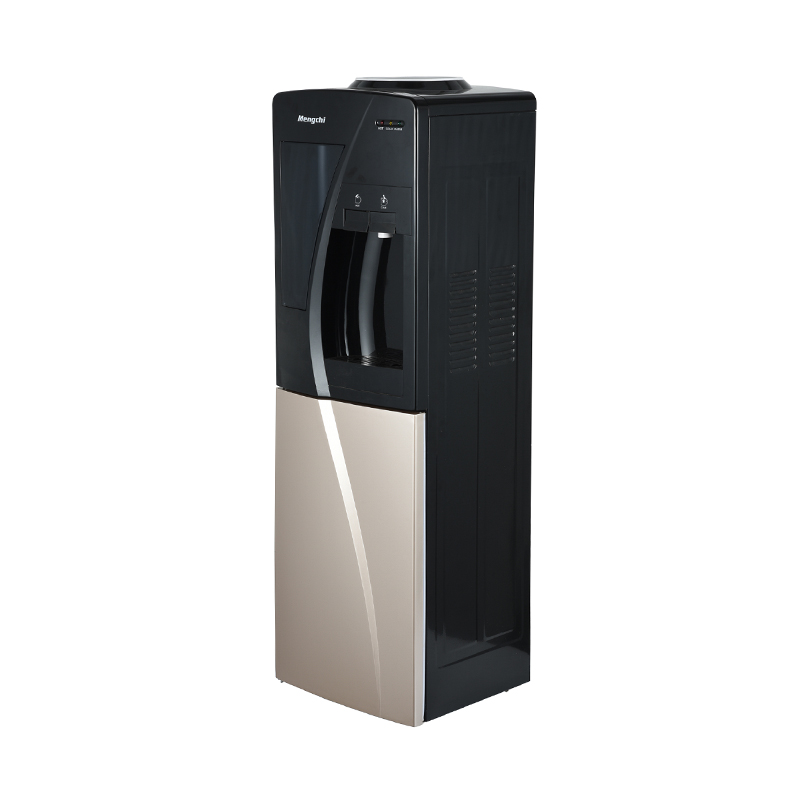Nowadays, more and more consumers choose to use water purification products, not only water dispensers but also other tea bars will be equipped with filtration systems to clean water to ensure the safety of drinking water.
The PP cotton filter element can effectively remove all kinds of particulate impurities in the filtered liquid; it is characterized by large filtration flow, small pressure difference, and does not contain any chemical adhesive, so it is more hygienic. It has good chemical stability and safety; acid, alkali, organic solution, oil. In addition, it integrates surface, deep, coarse, and fine filtration; it has the characteristics of large flow, corrosion resistance, high-pressure resistance, and low cost. These can be used to block large particles such as rust, sediment, and insect eggs in the water.
Granular carbon filter element: The surface and interior of activated carbon are covered with nano-scale pores, the smallest being only about 0.05 nanometers. When harmful chemicals in water flow through the activated carbon, the van der Waals force of the molecular group is adsorbed by the activated carbon pores, thereby It can effectively absorbing various chemical pollutants in water, such as residual chlorine, organic matter, odor, etc., to achieve the effect of purifying water. The larger the sum of the specific surface area of the activated carbon surface and the internal pore size, the stronger the adsorption capacity. The sum of the specific surface area of one gram of activated carbon is about the size of 3 football fields. In addition, the more mesopores and small pores in the activated carbon, the more uniform the distribution, the better the chemical removal rate.
Compressed carbon filter element: The function is to remove 99% of chlorine, organic chemicals, adsorption of different colors and odors, turbidity, sludge, and other suspended particles.
RO reverse osmosis membrane: The filtration precision is generally between 0.5-10 nanometers, which can remove monovalent metal ions in water, and the desalination rate is over 95%. The water produced is commonly known as pure water.











